We know that hands-on play is an effective way to give children those rich learning experiences they need to strengthen understanding of math concepts. We also know conceptual understanding begins with concrete materials first (see The Learning Trajectory). In the classroom, students use manipulatives to do and show their thinking. But not all manipulatives are created equal, and all materials have both benefits and limitations.
Our challenge as educators is to choose hands-on materials that match the math concept we are teaching and the needs of our students. When it comes to bolstering understanding of base ten, we need to show quantities using “friendly numbers” of five and ten.
Using the visual structure of our number system reinforces big ideas like grouping or unitizing (see Introduction) and helps young mathematicians build confidence and strategy in number sense and base ten. Subitizing is a crucial precursor to grouping and unitizing. Early subitizing skills support later understanding of base ten and place value.
Every time our brains create a shortcut in mathematical problem solving, that’s a strategy! Mathematical strategies build fluency and critical thinking. Consider the hands-on materials below which allow children to take shortcuts in seeing and understanding quantity.
Materials to Support
Base Ten Concepts
Questions for Reflection:
In which of these concrete hands-on materials can you SEE and COUNT quantity?
Which materials can be broken down into discrete parts and put back together?









Best Practices of Base Ten Manipulatives
(“Dos and Don’ts”)
DO incorporate arrangements of five and ten in your daily routines (like attendance, calendar, dismissal, etc.) with five and ten frames.
DON’T discourage children from using their fingers to count. Fingers are a handy (get it?) manipulative that reinforce friendly numbers (two sets of five!) and students will rely on fingers until their number sense is more secure.
DO use flexible manipulatives like Unifix cubes in trains or towers of five and ten that can be assembled and disassembled.
DON’T ask children to take your word for it with bundles of straws or popsicle sticks.
If using these materials, DO allow students to do their own bundling.
DON’T introduce base ten blocks until children have a very secure and advanced understanding of place value! (When introduced prematurely, base ten blocks contribute more to misconceptions than to understanding.)
Early models of base ten should be seeable and countable, meaning that children should be able to perceive quantity (that’s subitizing!) or, if they still need to, count the amount one by one.
Continue on to The Rekenrek to learn more about one of the most powerful hands-on tools we have to support understanding of base ten (and so much more)!

